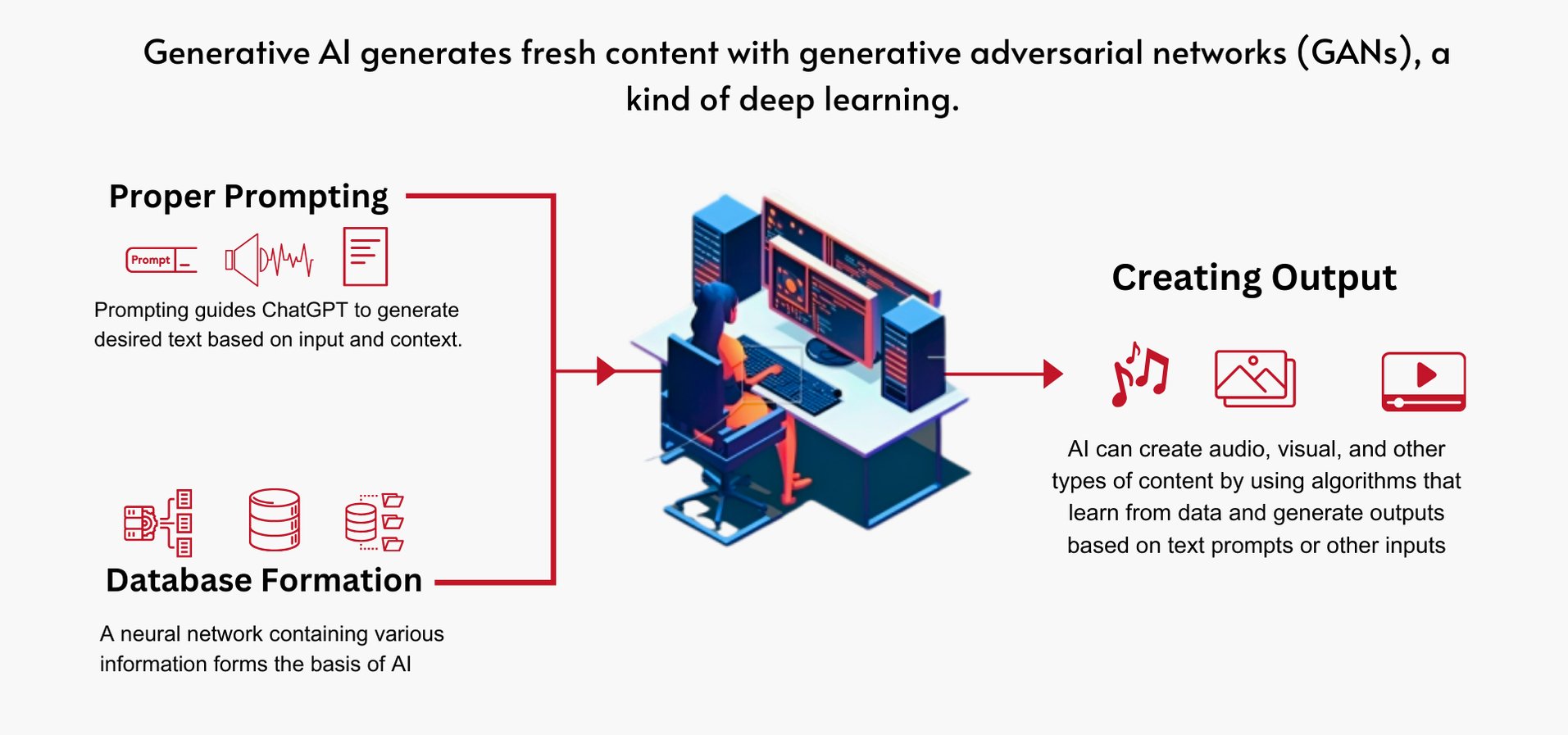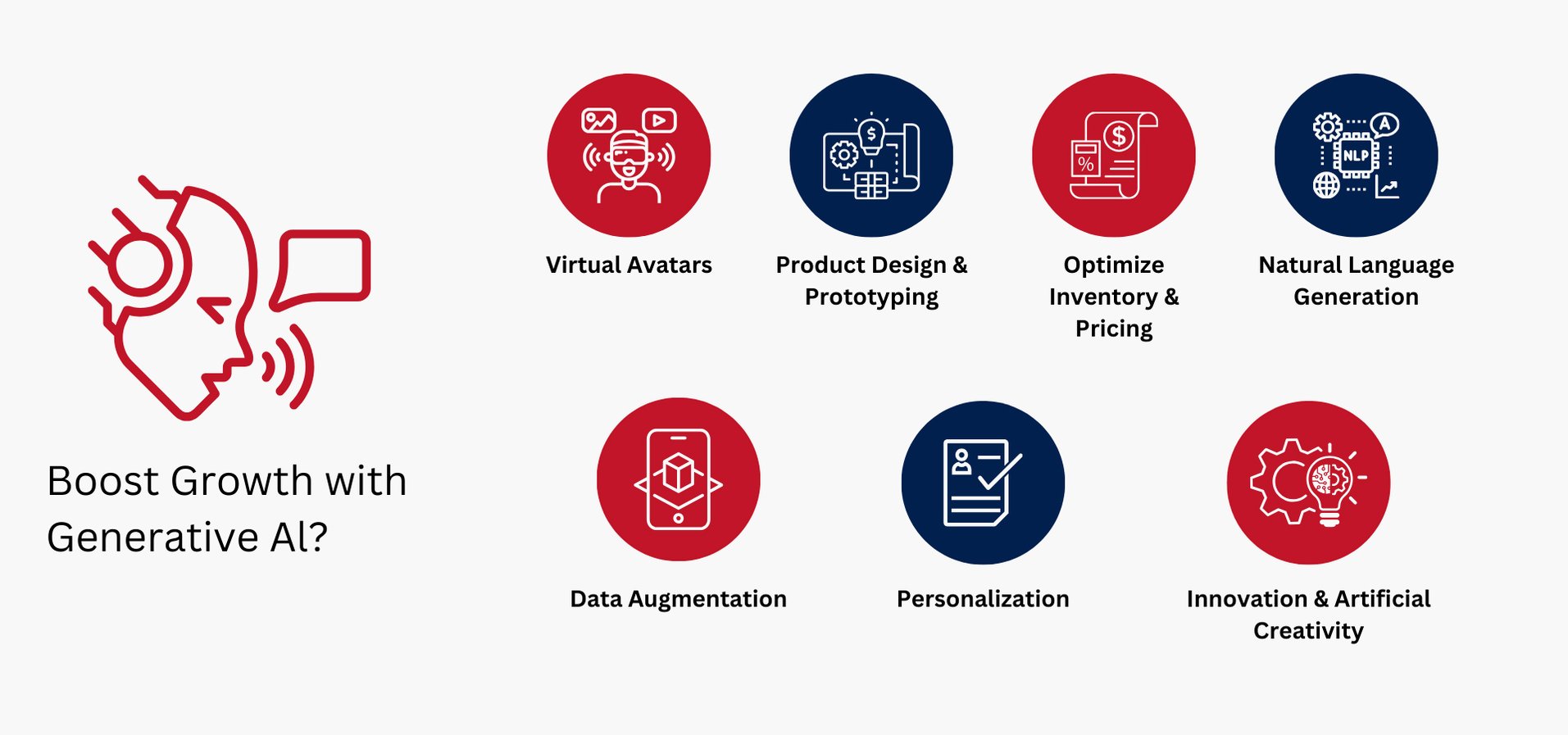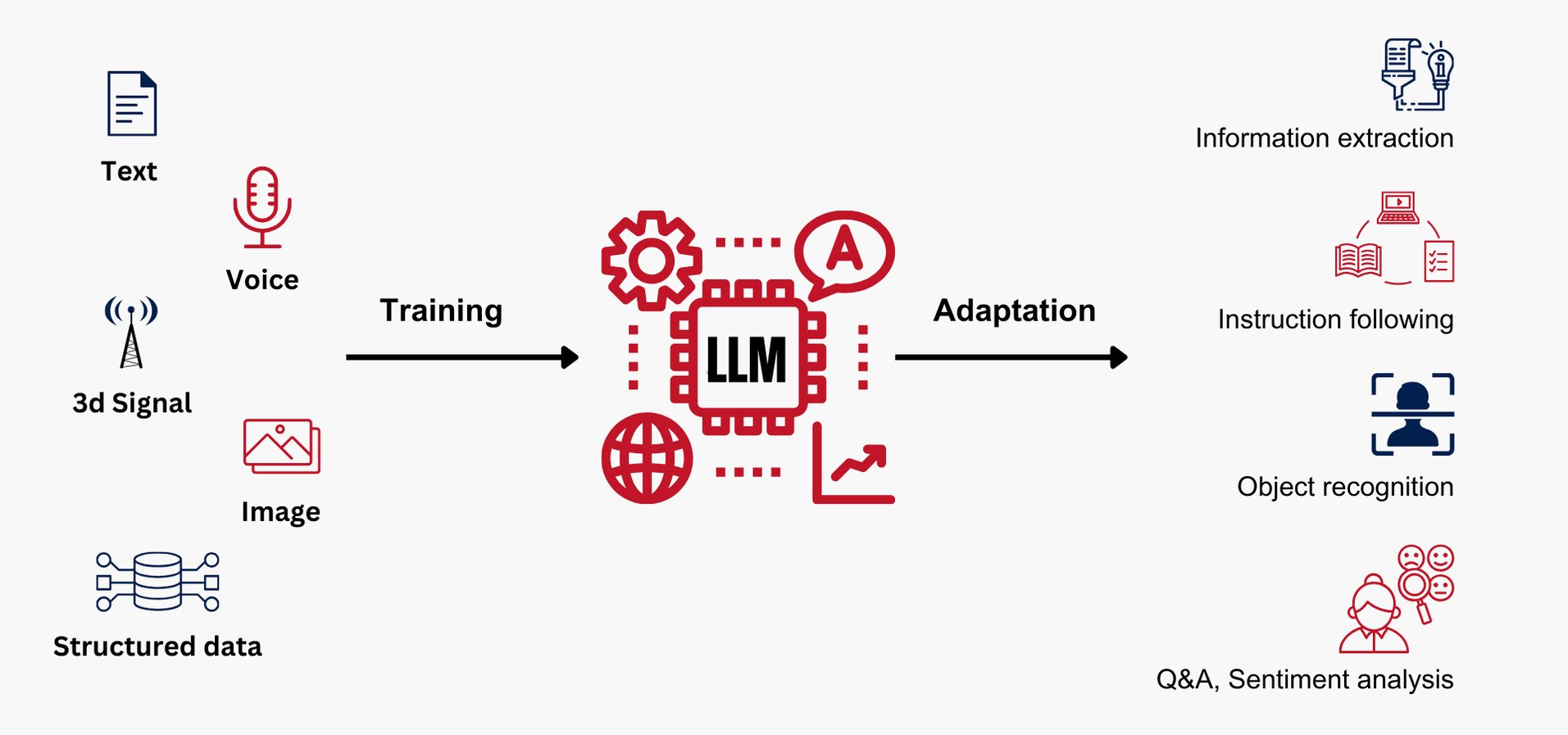Learn How to Harness the Power of Generative AI for Business Excellence with Arshad Khan’s New Book

Introduction:
The widespread integration of artificial intelligence (AI) in the business landscape has paved the way for generative AI. Generative AI is a transformative AI subset with the potential to redefine the boundaries of what's achievable in the business world. OpenAI, a frontrunner in advanced language models(LLM), is spearheading the charge in pushing generative AI to new heights.
From enhancing customer interactions to fueling creativity and innovation, generative AI is reshaping the future of work and unlocking untapped possibilities. A recent Nielsen Norman Group study revealed that the utilization of generative AI, such as ChatGPT, led to an impressive 66% improvement in user performance across various case studies. Notably, generative AI startups secured approximately $1.7 billion in funding during Q1 of 2023, spread across 46 deals, with an additional $10.68 billion in announced deals on the horizon. UBS forecasts that the AI hardware and services market will reach a staggering $90 billion by 2025, a significant leap from its $36 billion valuation in 2020, as per IDC and Bloomberg Intelligence data.
Generative AI Simplified for Businesses and Entrepreneurs" is your gateway to the dynamic world of Generative Artificial Intelligence. Divided into three categories, this book addresses the most common dilemmas and in depth of Generative AI.
Category 1st has "Introduction and Deep Understanding of Concepts of Generative AI," it provides a foundational understanding of Generative AI, ensuring readers grasp the core principles and ethical considerations. It serves as the gateway to the transformative world of AI.
Starting with Chapter 1, deep dive into History and “Timeline of Generative AI" followed by Chapter 2 in which you will navigate the ”Ethical Challenges in AI" that addresses the ethical considerations in AI, discussing issues like privacy, bias, and accountability, highlighting initiatives working on ethical frameworks. Moving further in Chapter 3 read about “Essential Concepts of Generative AI" explores key terminologies, ethical concerns, and practical applications, emphasizing AI's role in various sectors.
"ChatGPT and the Art of Prompt Engineering" is in Chapter 4 that explains how ChatGPT generates text through prompts and offers guidance on effective prompt engineering. One of the most conceptual chapters is Chapter 5 that introduces Large Language Models and their applications.
In addition to this, Chapter 6 delves into the creation of synthetic data using Generative AI. Furthermore Chapter 7 showcases Generative AI applications in content generation, healthcare, and real estate &. Chapter 8 delves into ethical considerations in Generative AI development, emphasizing transparency, bias, and ethical use.
Moving further to explore Gen AI in various industries the book has Chapter 9 that investigates Generative AI and blockchain in finance and insurance. Biases in AI and its related terms are in Chapter 10. Chapter 11 highlights data collection, preprocessing, and governance. Chapter 12 explores AI's role in real estate and healthcare. Generative AI's creative applications, crafting a Generative AI strategy, and personalized customer experiences with AI are defined in Chapter 13,14,15 respectively. Together, these chapters offer a comprehensive overview of AI, from ethics to innovation, providing insights into the challenges and potential of this transformative technology, guiding businesses and C-suite professionals to navigate the AI landscape responsibly, effectively, and ethically.
Strategies:

The second Category, "Strategies Businesses Can Adopt to Uplift Their Business," equips business leaders with actionable insights on integrating Generative AI. It focuses on strategies, applications, and best practices, guiding businesses toward innovation and competitiveness.
In Chapter 16, Generative AI is portrayed as a catalyst for operational efficiency, automating workflows, predictive maintenance, data entry, and supply chain optimization, culminating in cost-effectiveness and competitiveness in evolving markets. The focus on strategic decision-making, highlighting Generative AI's role in transforming data into actionable insights, fostering productivity and competitiveness, and emphasizing ethical considerations are described in Chapter 17.
Moreover, Chapter 18 talks about Generative AI's creative process, drawing parallels with artists and chefs, and underlining its potential to generate imaginative and original content. Finally, Chapter 19 offers a five-step plan for business executives to integrate Generative AI, highlighting areas of benefit, task organization, feasibility testing, and the fostering of a Generative AI-driven decision culture, emphasizing data literacy and collaboration. These chapters collectively elucidate Generative AI's potential to enhance efficiency, decision-making, creativity, and overall business success in an accessible and engaging manner, making it an invaluable resource for business leaders and executives looking to leverage this transformative technology.
C-Level Executive:
.jpg?width=1920&height=897&name=New%20image%20of%20blog%20(2).jpg)
The most anticipated category is the 3rd one that throws light on Important Methods for C-Suites, Entrepreneurs to Adopt Generative AI. It offers a practical roadmap for C-suite executives and entrepreneurs to leverage Generative AI effectively. It focuses on leadership, decision-making, and ethical governance, enabling successful AI integration and transformation.
Chapters 20 to 25 of the book "Generative AI Simplified for Businesses and Entrepreneurs" offer an insightful exploration of Generative AI's potential and impact on business. In Chapter 20, Generative AI is positioned as a catalyst for profound transformation, focusing on innovative problem-solving, realistic simulation, enhanced customer engagement, and ethical considerations.
It underscores the importance of cross-functional collaboration, ethics, continuous learning, and pilot projects to drive innovation and competitiveness. Chapter 21 provides practical steps to turn Generative AI visions into reality, addressing infrastructure, data assessment, compliance, and resource allocation to align implementation with business goals. In addition, Chapter 22 delves into building an AI-ready workforce, emphasizing AI talent identification, cultural alignment, and ethical considerations. How Generative AI fuels innovation by reshaping product development, user experiences, and revenue streams can be found in Chapter 23.
Chapter 24 highlights the pivotal role of CEOs in driving AI-driven transformations. A future where Generative AI transcends text and images, transforming architecture, pharmaceuticals, and culinary arts. Chapter 25 it emphasizes ethical governance and the need for comprehensive frameworks, collectively providing a comprehensive guide for business leaders and executives navigating the world of Generative AI.
About The Author

Arshad Khan
Founder and CEO
The visionary author Arshad Khan with 20+ years of experience in AI & Machine Learning believes the future of Generative AI is bright and full of possibilities. However, it comes with a responsibility to use this transformative technology ethically and responsibly. The comprehensive guide provided in this book offers a roadmap for business leaders, entrepreneurs to navigate this exciting journey. Generative AI has become a force for innovation, competitiveness, and positive change in the business world.


